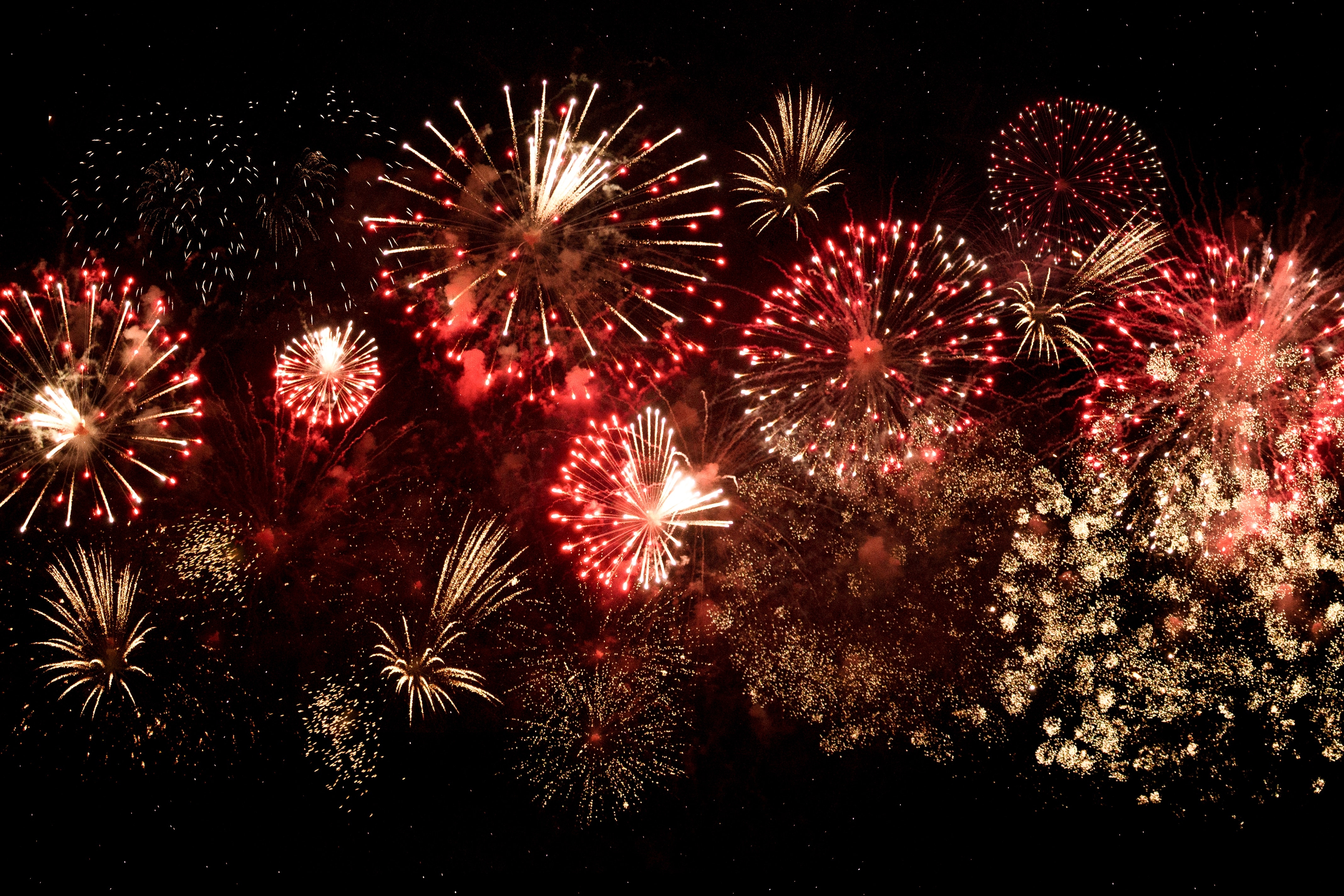
Fourth of July Safety: Expert Tips to Dodge Fireworks Burns and Barbecue Blunders
With over 180 daily fireworks-related ER visits reported by federal regulators, how can families celebrate Independence Day without becoming a holiday statistic?
Fireworks: Leave It to the Pros (Or Grab Some Silly String)
The U.S. Consumer Product Safety Commission (CPSC) warns that fireworks send an average of 180 people to emergency rooms daily in the weeks surrounding July 4th. Despite bans on consumer pyrotechnics in states like Massachusetts and California, injuries persist—often from mishandled sparklers or illegal explosives. “The safest choice is attending a professional show,” advises Dr. Ari Shaeffer of Kaiser Permanente, who spoke with KCRA-TV about avoiding burns and traumatic injuries. For home celebrations, alternatives like glow sticks or silly string offer festive fun without the risk.
Even “harmless” fireworks pack hidden dangers. Sparklers burn at 2,000°F—hot enough to melt glass—and account for 28% of holiday ER visits. If using legal fireworks, the American Red Cross urges strict protocols: light one at a time outdoors, keep water nearby, and never relight duds. Pets should stay indoors; many bolt from noise or suffer anxiety-induced health crises.
Grilling Gone Wrong: Avoiding Flare-Ups and Foodborne Illness
Grilling mishaps cause 19,700 fires annually, per the National Fire Protection Association. Dr. Shaeffer emphasizes preheating checks: inspect propane tanks for leaks, position grills 10+ feet from structures, and avoid loose clothing near open flames. Food safety is equally critical. Marinate meats in the fridge, use separate utensils for raw and cooked items, and ensure burgers reach 160°F internally to kill pathogens like E. coli.
For charcoal users, douse coals with water before disposal—hot ashes reignite 48+ hours later. The American Red Cross also advises keeping children and pets 3+ feet from active grills.
Water Woes: Drowning Risks and Rip Currents
Drowning incidents spike during holiday weekends, with alcohol a factor in 48% of adult cases. KCRA-TV’s safety segment highlighted the “water watcher” strategy: assign a sober adult to monitor swimmers without distractions. In oceans, rip currents—which claim 100+ U.S. lives yearly—require calm responses: swim parallel to shore until free, then angle toward land.
Weak swimmers should wear Coast Guard-approved life jackets, even in pools. “It takes just 20 seconds for a child to drown silently,” warns American Red Cross lifeguard trainer Maria Gonzalez.
Key Takeaways
- Skip DIY fireworks: Attend professional displays or opt for glow sticks/silly string to avoid burns.
- Grill smart: Check propane lines, cook meats thoroughly, and keep kids away from open flames.
- Water vigilance: Designate a “watcher,” use life jackets, and learn rip current escape tactics.
- Pet precautions: Fireworks terrify animals—keep them indoors with calming aids like white noise.
- CPSC stats: 180 daily fireworks injuries underscore the need for caution.
Stay informed with the American Red Cross First Aid app for real-time emergency guidance.
